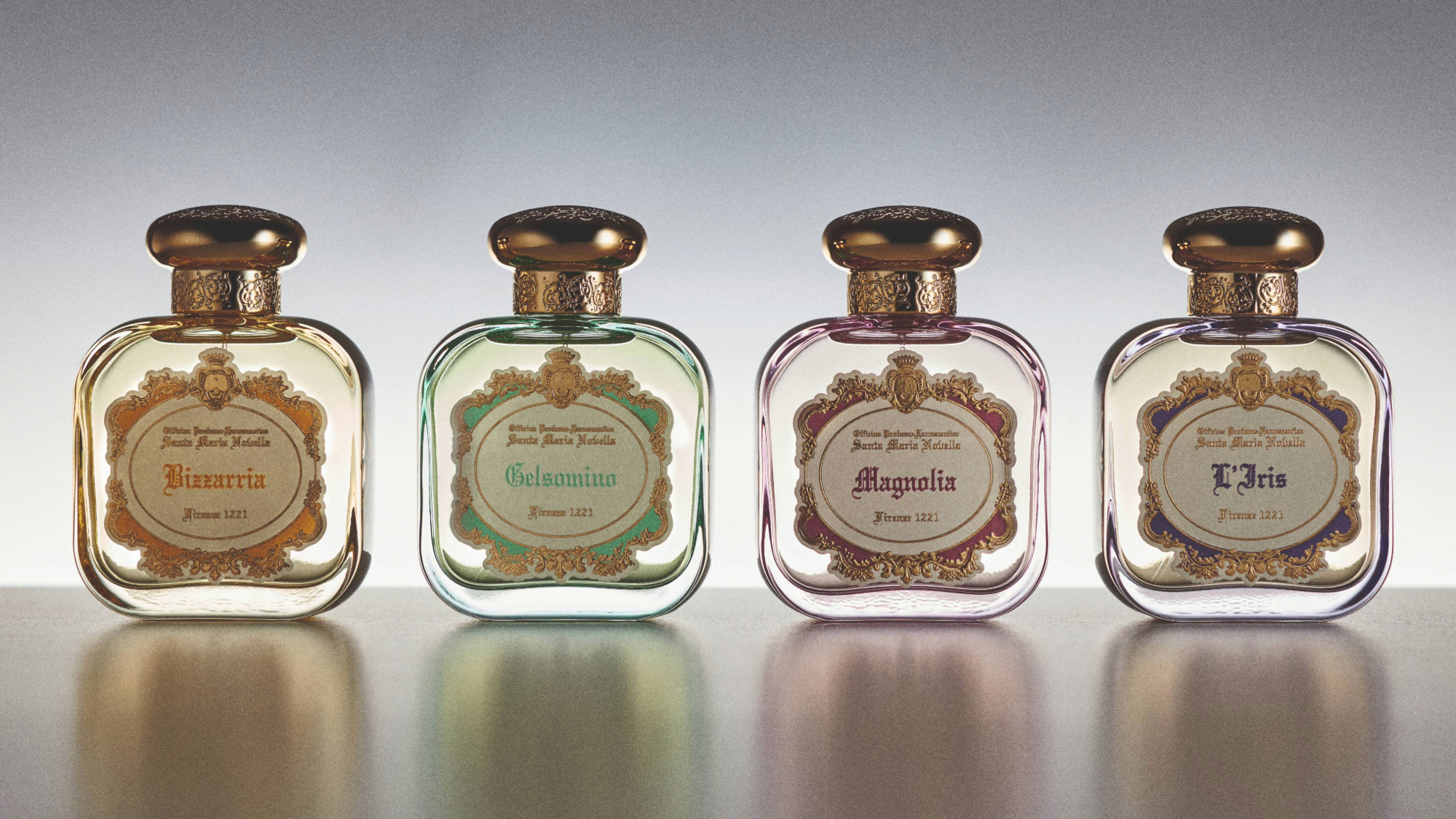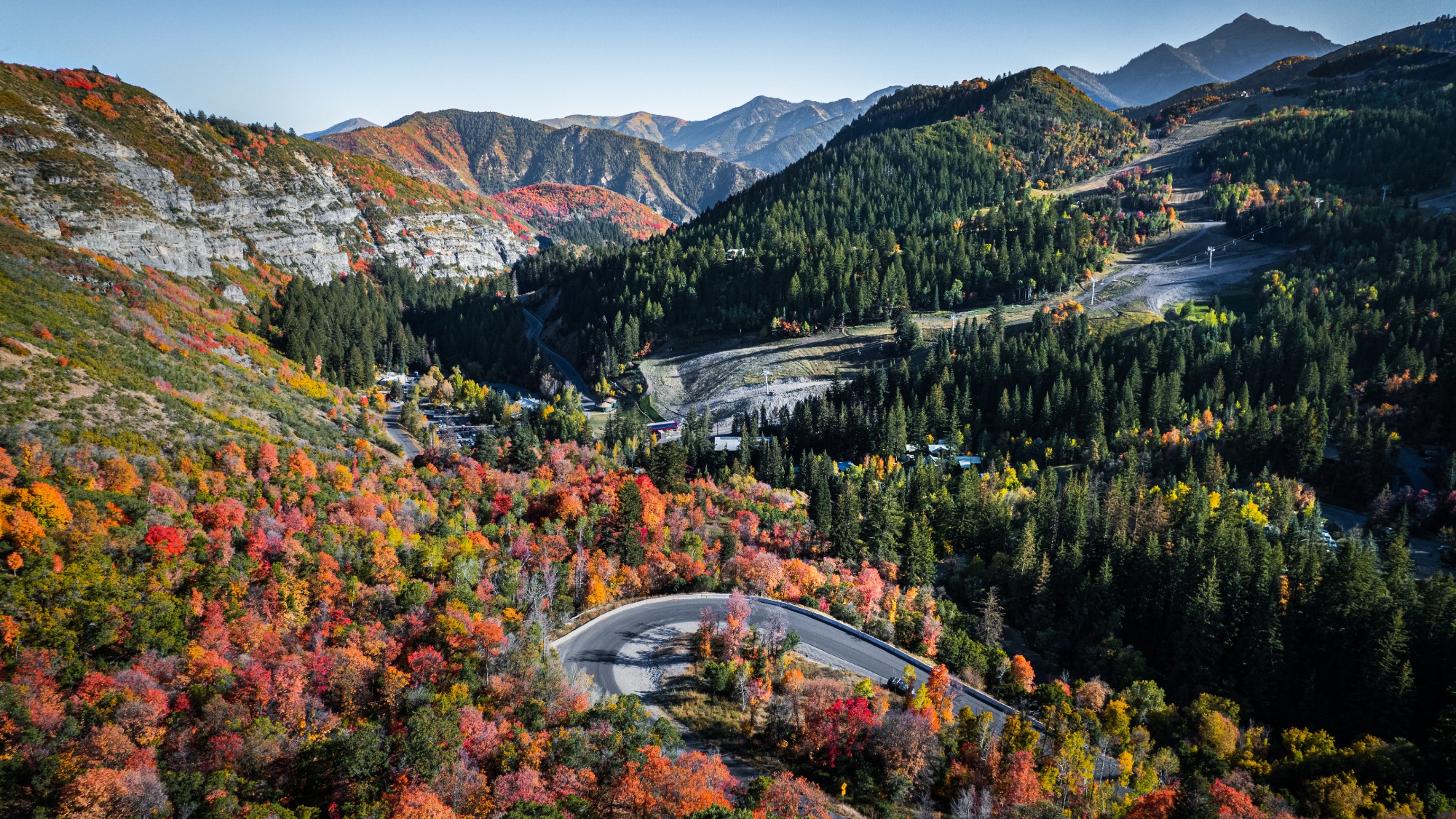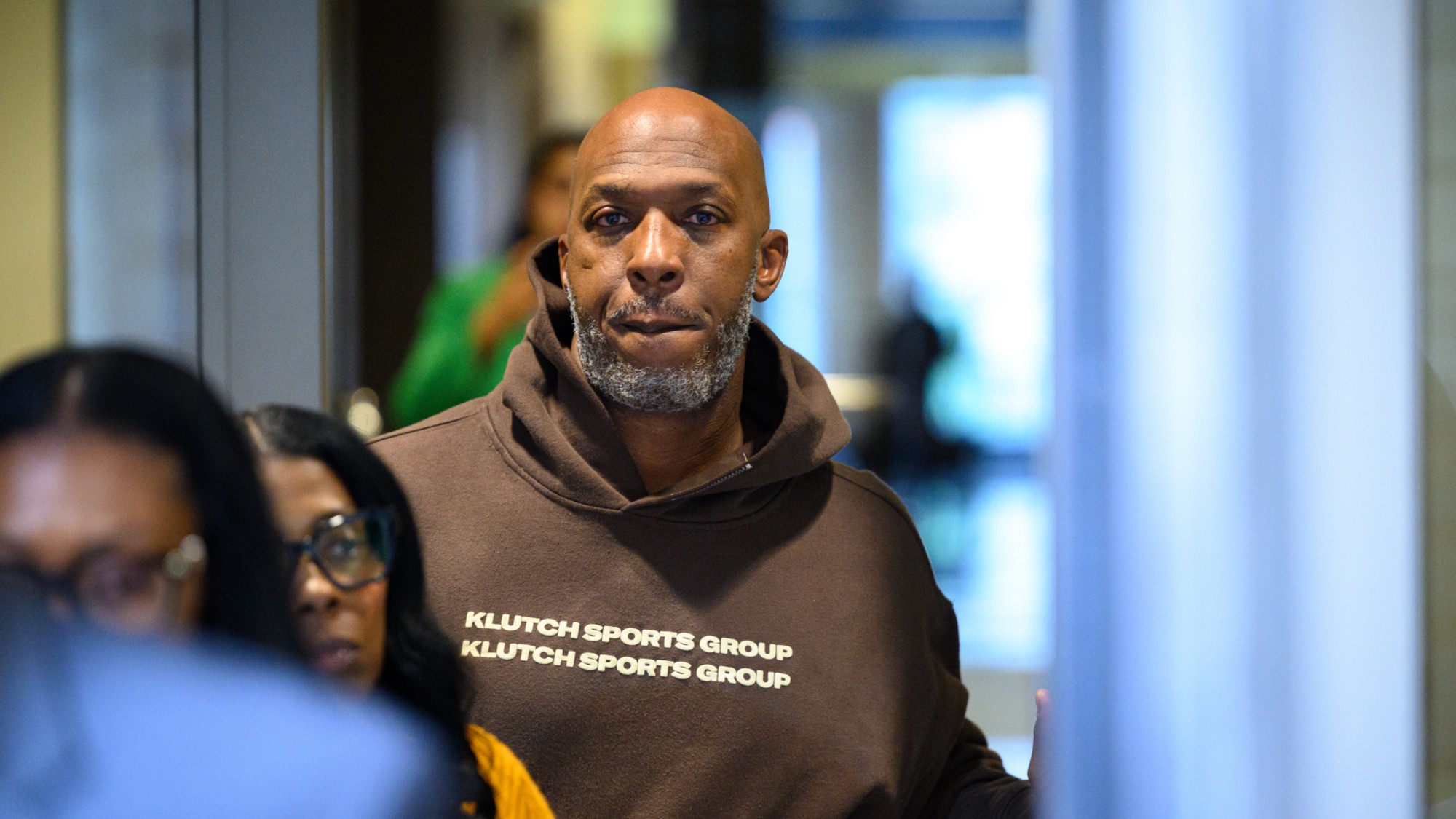In the mix: Santa Maria Novella
Inspired by the scents of a Florentine garden, the world's oldest perfumer flowers anew

Florence ranks as one of the world's most beautiful cities. Indeed, it's so packed with wonders that it has inspired a psychosomatic condition, Stendhal syndrome – named for the French author who first described it in 1817 – which induces rapid heartbeat, fainting and even hallucinations when individuals are exposed to so many objects and artworks of great beauty.
It's therefore no surprise that the world's most beautiful – and possibly oldest – pharmacy, the Officina Profumo-Farmaceutica di Santa Maria Novella, which opened in 1612, calls the Tuscan capital home. The perfumery is still attached to the 13th-century Dominican monastery where mediaeval monks concocted fragrances and herbal remedies. The monks have since sold out and today Santa Maria Novella products are available around the world.
CEO Gian Luca Perris comes from a family of perfumers – they own the venerable Parisian house Houbigant. His job is to delicately balance expanding the business with honouring its unrivalled heritage. So while perfumery has changed enormously since the days of the monks, Perris is determined to stay true to their spirit. "Now we have access to incredibly high-quality synthetics," he explains, "but we are also going back to old ingredients."
The Week
Escape your echo chamber. Get the facts behind the news, plus analysis from multiple perspectives.

Sign up for The Week's Free Newsletters
From our morning news briefing to a weekly Good News Newsletter, get the best of The Week delivered directly to your inbox.
From our morning news briefing to a weekly Good News Newsletter, get the best of The Week delivered directly to your inbox.
And while Santa Maria Novella has been importing exotic ingredients such as ylang-ylang, a native of the Philippines, since the glory days of Venice and Florence, Perris is particularly excited by what can be found on his own doorstep. "For example, the bizzarria is a Tuscan citrus fruit that was long presumed lost until it was rediscovered in the Boboli Gardens in the 1970s," he says. Today it is an important ingredient in the new, and appropriately named, range I Giardini di Medicei.
His personal favourite, however, is the ancient symbol of Florence, the iris. "The quality of this local ingredient is unmatched," he says. The flower itself has little smell, so the unmistakably earthy and powdery perfume is extracted from its rhizomes. The result is a heavenly fragrance that those old monks could only have dreamt of creating.
Good to know
The iris, or giglio, has been the symbol of Florence since the 11th century. Originally it was white reversed out of red, but today it is the other way round. Allegedly, after the triumph of the Guelphs over the Ghibellines (in a bloody war between the city states of Italy that raged until the 1300s), the iris became red in their honour. When Napoleon tried to ban it in 1811, Florence erupted into violence.
A free daily email with the biggest news stories of the day – and the best features from TheWeek.com
-
 7 mountain hotels perfect for a tranquil autumn or winter escape
7 mountain hotels perfect for a tranquil autumn or winter escapeThe Week Recommends Get (altitude) high and unwind
-
 ‘Deskilling’: a dangerous side effect of AI use
‘Deskilling’: a dangerous side effect of AI useThe explainer Workers are increasingly reliant on the new technology
-
 The biggest sports betting scandals in history
The biggest sports betting scandals in historyIn Depth The recent indictments of professional athletes were the latest in a long line of scandals